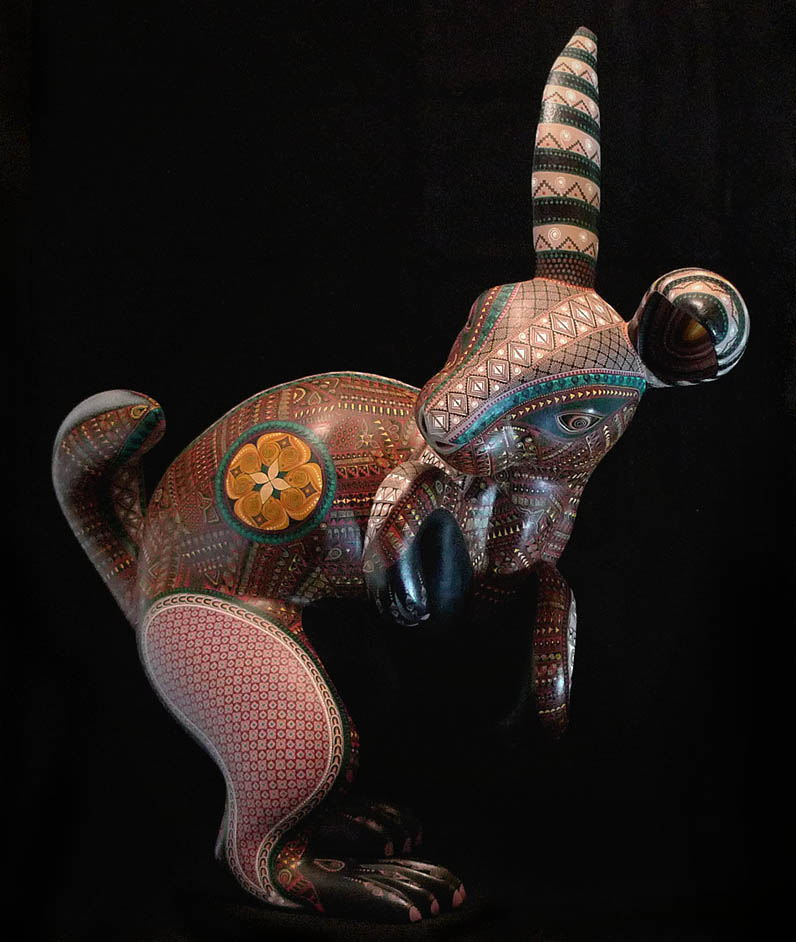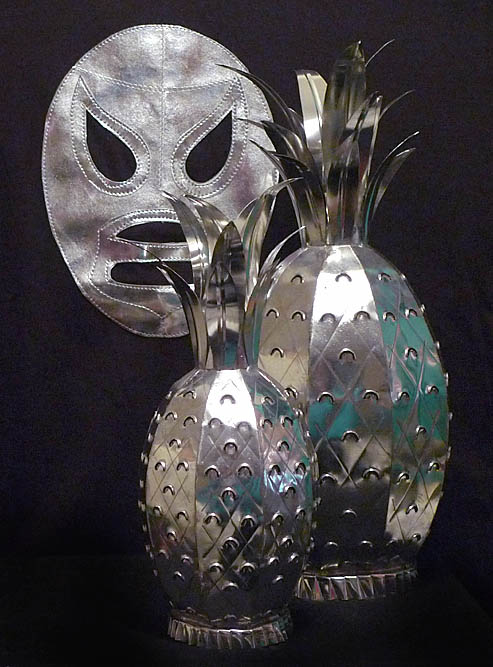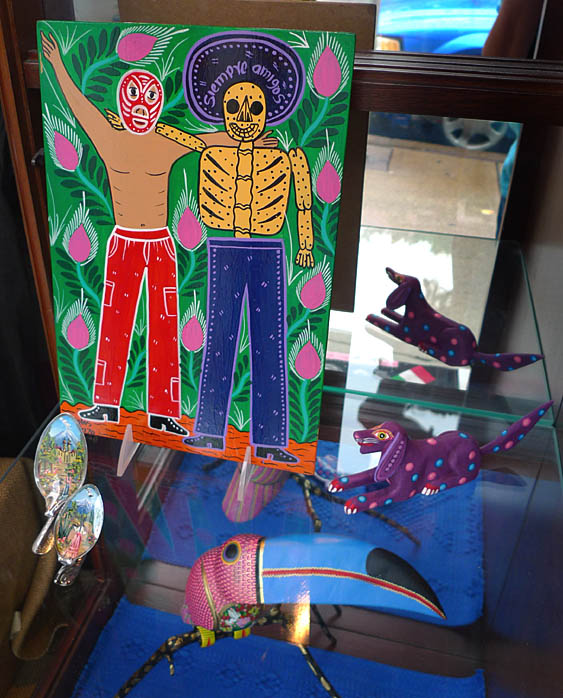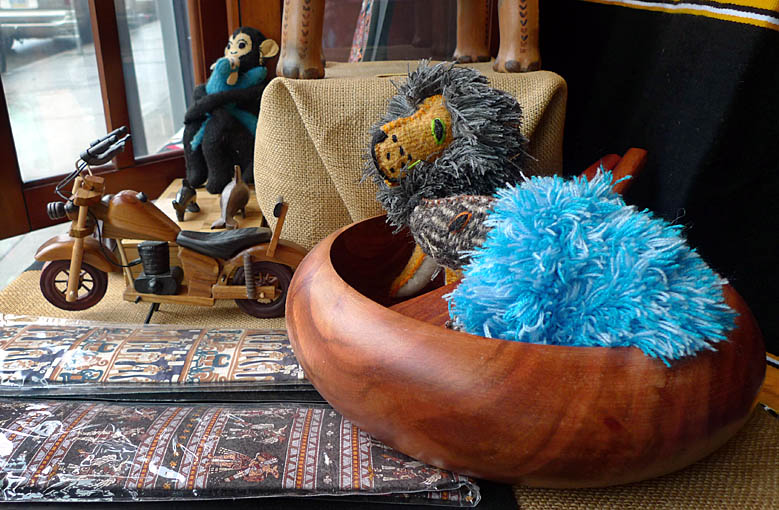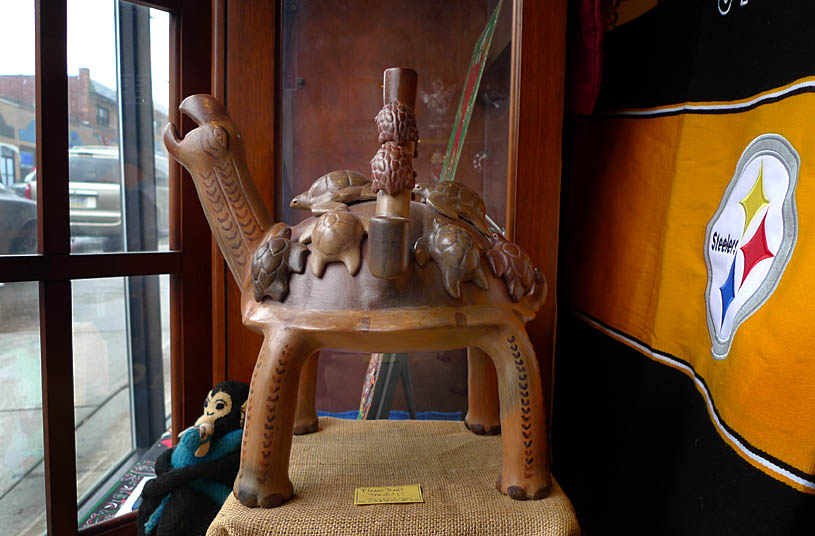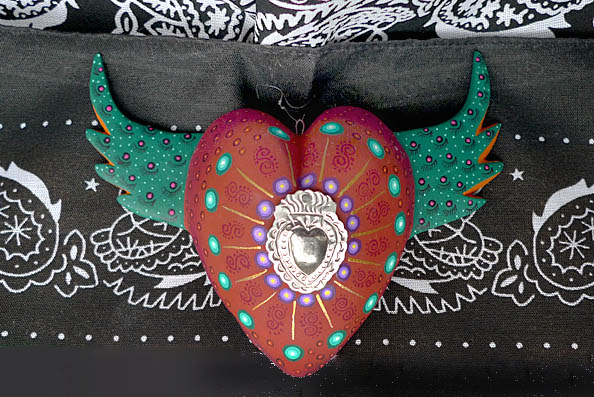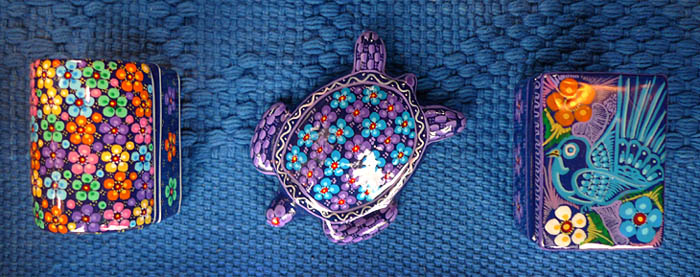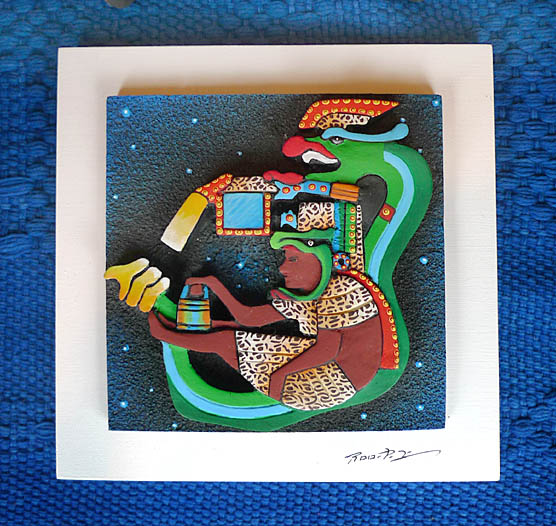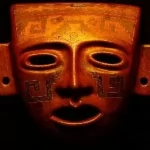Subscribe to Our Blog
Instagram
Latin American Links
- Enlace Zapatista
- Friends of Oaxacan Folk Art
- Mesoweb
- Mexico Connect
- Mujeres de Maiz Opportunity Foundation
- Museo de Arte Popular
- Museo Dolores Olmedo
- Museo Estatal de Arte Popular Oaxaca
- Museo Frida Kahlo
- Museo Nacional de Antropología
- Smithsonian Latino Center
- The Mexican Indigenous Textile Project
- ZZK Records
Pittsburgh Links
Archives
- November 2022
- October 2021
- May 2021
- May 2020
- February 2020
- October 2019
- June 2019
- January 2019
- November 2018
- October 2018
- April 2018
- March 2018
- February 2018
- December 2017
- November 2017
- October 2017
- September 2017
- July 2017
- December 2016
- October 2016
- August 2016
- June 2016
- April 2016
- December 2015
- October 2015
- December 2014
- October 2014
- August 2014
- April 2014
- October 2013
- July 2013
- June 2013
- May 2013
- April 2013
- December 2012
- November 2012
- October 2012
- September 2012
- July 2012
- June 2012
- May 2012
- April 2012
- February 2012
- January 2012
- December 2011
- November 2011
- October 2011
- September 2011
Monthly Archives: September 2011
BBC News – In pictures: Mexico’s Carlos Slim opens new art gallery
In pictures: Mexico’s Carlos Slim opens new art gallery
Mexican tycoon Carlos Slim, reputed to be the world’s richest man, has unveiled a new home in Mexico City for his art collection. The Soumaya Museum is named in memory of his late wife.
via BBC News – In pictures: Mexico’s Carlos Slim opens new art gallery.
Mex-LA exhibit explores Mexican-American two-way street
Southern California Public Radio: Mex-LA exhibit explores Mexican-American two-way street
Sept. 19, 2011 | Adolfo Guzman-Lopez | KPCC
During the 1930s, two well-known Mexican painters, David Alfaro Siqueiros and Jose Clemente Orozco, created public murals in downtown L.A. and Pomona. Jesse Lerner, curator of “Mex-LA” at the Museum of Latin American Art in Long Beach, says the artists’ work had a ripple effect in the Southland.
“We were interested in using their presence in Southern California as a point of departure in thinking of the impact of Mexican modernism on the art world of Southern California and other exchanges back and forth between the arts communities of Mexico and Southern California,” Lerner said.
Siqueiros hired influential artist Millard Sheets, who later created mosaics for Home Savings and other institutions. Orozco influenced Rico Lebrun, who later worked with Disney artists on the animated feature “Bambi.” “Mex-LA” explores the interactions and influence between artists from Mexico who came to L.A., and American and Mexican-American artists. Lerner says few people have documented the ways those creative people mixed it up. The story of architect Robert Stacy-Judd stands out, he says. Stacy-Judd relocated from England to L.A., where he indulged his fascination for all things related to the ancient Mayan culture.
“He was extremely engrossed. He visited Yucatan several times, he wrote a number of books about his travels there and about his theories about pre-Columbian contact between the Maya and Europe by way of the continent of Atlantis,” he said.
His Mayan-influenced hotel still stands in Monrovia. By most measures, Stacy-Judd was out there. There’s a picture in the exhibit of him dressed in a Mayan-Aztec headdress and tunic, posed as if he’s in the Bangles’ “Walk like an Egyptian” video.
Ancient culture influenced the moderns, and modern art found its way into pop. Exhibit curator Ruben Ortiz Torres chose to display six production drawings from Disney’s 1944 animated film, “The Three Caballeros.”
“Here we have one in which Donald is trying to reach a guitar but the guitar, if you look at the guitar, the guitar has these kind of colorful abstract forms that might refer to a serape, but it also looks pretty modern, it looks modernistic, it looks abstract,” he said.
That’s the point of the exhibit — that the interaction between Mexican, American, and Mexican-American artists resulted in nuanced work light years from the sombreros and Mexican food that many people associate with our southern neighbor’s influence on L.A.
The exhibit includes works by Chicano artists Chaz Bojorquez and Yolanda Lopez, Mexican photographer Graciela Iturbide, and furniture makers Charles and Ray Eames.
Ortiz Torres says several well-known Mexican intellectuals lived and worked in Southern California. He notes that the late Nobel Prize-winning writer Octavio Paz came up with the idea for his groundbreaking book “The Labyrinth of Solitude” when he lived in L.A. a second time. Paz lived in Los Angeles in his youth when his family was escaping the revolution and it has been said that this is the city where he learned how to read and how to write.
Ricardo Flores Magon, a Mexican anarchist writer who fanned the flames of the 1910 Mexican revolution, coined the slogan, “Tierra y Libertad” — “Land and Liberty” — when he lived in L.A.’s Echo Park. Ortiz Torres says these stories have as much to do with art in L.A. as those associated with artists like Ed Ruscha or John Baldessari.
“Dreams are an activity of memory, our unconscious draws from these memories to create these dreams, so I think for Los Angeles to construct its dreams, it has to be aware of its memories and its past and in this case it has to do a lot with Mexico,” he said.
The exhibit “Mex-LA” at the Museum of Latin American Art in Long Beach is part of the Pacific Standard Time series of exhibitions. The goal of that series — coordinated between multiple institutions — is to document and recover Southern California’s art history before it disappears.
Mexico: Peace Caravan “Has Made Us Feel Stronger”
Mexico: Peace Caravan “Has Made Us Feel Stronger”
Written by Daniela Pastrana
Thursday, 15 September 2011 20:13
Oaxaca, Mexico – (IPS) – With a huge hug, Olga Reyes from Chihuahua, who has lost six family members in Mexico’s wave of drug-related violence, greets Araceli Rodríguez from Mexico state, the mother of a young federal police officer who “disappeared” in Michoacán two years ago.
They are both travelling with the Peace Caravan, heading for Mexico’s southern border with Guatemala.
Reyes and Rodríguez then embraced Rosario Ocampo, the niece of Lucio Cabañas (1939-1974), a rural schoolteacher and leader of the insurgent Partido de los Pobres (Party of the Poor). Her family were displaced from their home and forced to flee from the southern state of Guerrero after the legendary guerrilla fighter’s widow was murdered two months ago.
“Thank you so much!” murmurs Ocampo, who joined the Peace Caravan just two days ago. Led by poet Javier Sicilia, the caravan is headed south to pick up supporters of the movement, which opposes the militarisation of the country in the fight against drug trafficking.
On the fourth day of the caravan’s progress, Sicilia was welcomed with flowers and incense by people from 16 indigenous communities at the ancient Zapotec ceremonial centre at Monte Albán in Oaxaca state.
“This caravan is strengthening awareness and strengthening hearts, and it is making people stand up tall,” said Carmelina Santiago, of the Flor y Canto Indigenous Rights Centre.
The procession of vehicles, which left Mexico City Friday Sept. 9, is going to Ciudad Hidalgo in the southern state of Chiapas, which borders Guatemala, to apologise on behalf of all Mexicans for the murders of Central American migrants.
Some 500,000 undocumented migrants from Central and South America cross Mexico every year in their attempt to reach the United States, according to estimates from academics and human rights groups. Along the way, they face the risk of arbitrary arrest, extortion, theft, assault, rape, kidnapping and murder, at the hands of youth gangs and organised crime, as well as corrupt police and other agents of the state.
The caravan will then travel through territory under the influence of the Zapatista National Liberation Army (EZLN), a barely-armed indigenous rebel group that laid down its weapons after just two weeks of skirmishes with the army in the first two weeks of 1994.
The participants will celebrate the anniversary of Mexico’s independence from Spain there on Sept. 16.
On the weekend of Sept. 10-11, the caravan drove through three towns in Guerrero, where more accounts were gathered about victims of the scathing violence that has devastated the country since President Felipe Calderón launched his crusade against the drug cartels in early 2007.
In the southwestern port of Acapulco, one of Mexico’s leading tourist centres, thousands of people dressed in white flocked to an extraordinary march along the seafront promenade Sunday Sept. 11, to express support for the movement for justice and against violence.
In contrast with other marches Sicilia has organised, media coverage has been remarkably low-key. The poet previously headed a walking march from Cuernavaca to Mexico City and a motorcade covering over 3,000 km to Ciudad Juárez in the north, on the border with the United States.
Media attention is currently centred on the campaigns for the nomination of candidates for the 2012 presidential elections, and on the opening of ordinary sessions in the lower house of Congress.
“Apparently they don’t care about the south,” a close associate of Sicilia’s told IPS.
However, the caravan has enabled family members of the victims of the violence generated by the “war on drugs” waged by the federal government, and of the structural violence that criminalises social protest, to come together.
“There has always been violence in Guerrero, caused by corruption and extreme poverty, and there has always been drug trafficking: all the heroin in the country is produced in this state,” Ricardo Espinosa, the uncle of Adriana Morlett, a student at the National Autonomous University of Mexico who disappeared Sept. 6, 2010, told IPS.
“But in recent years we have experienced disproportionate violence and cruelty of a kind we had never seen before,” he said.
Some 600 people are on the Peace Caravan, riding in 15 trucks and a dozen cars along the winding roads of the south and southeast.
At their nightly campsites, victims of the clash between government security forces and organised crime mingle with groups with a long history of social struggle.
Among them is Tita Radilla, the daughter of Rosendo Radilla who disappeared 30 years ago, and whose case resulted in the only condemnation of the Mexican state by the Inter-American Court of Human Rights for crimes against humanity.
Radilla complained that President Calderón has not complied with the verdict of the Court, and blamed him for the violence that has left more than 40,000 people dead and 10,000 disappeared, and has displaced 700,000 people from their homes since January 2007.
Macario García, leader of the Independent Movement for Triqui Unity and Struggle (MULTI), said: “This war of extermination is not only happening in San Juan Copala (a town under siege whose indigenous Triqui residents have been displaced from their land), but all over the country.”
“This caravan has made us feel stronger,” Nepomuceno Moreno from Sonora state told IPS. He is looking for his son, who has been missing since July 2010.
In Oaxaca, Mexico, Fresh, Locally Grown Food is Not a “Movement” – NYTimes.com
Pilar Cabrera (mentioned in this article) and her family cooked for our wedding in Oaxaca at La Casa de los Milagros in 2004…we still wax poetic about the rose petal ice cream and the squash blossom soup…
In Oaxaca, Mexico, Fresh, Locally Grown Food is Not a “Movement” – NYTimes.com.
Fallout from deadly Mexico casino fire sparks political brawl – latimes.com
Fallout from deadly Mexico casino fire sparks political brawl
The mayor of Monterrey, where 52 people died in last month’s arson attack, is in President Felipe Calderon’s PAN party, which wants him to resign. Its chief rival, the PRI, has leaped into the fray.
Monterrey Mayor Fernando Larrazabal is greeted by supporters as he arrives at city hall this month. He is under pressure from the ruling National Action Party to resign his post. (Tomas Bravo / Reuters / September 7, 2011)
via Fallout from deadly Mexico casino fire sparks political brawl – latimes.com.
Upcoming Pittsburgh Events of Interest, September-October
Upcoming Pittsburgh Events of Interest, September-October:
¡Hola Pittsburgh! Ya viene:
“Al Servicio de la Comunidad”
Un día muy latino para divertirte con la familia y enterarte de muchas cosas.
Domingo 2 de octubre del 2011,
12:30-5:30 p.m.
En el Greentree SportsPlex,
(gtsplex.com , 412-922-1818)
600 Iron City Dr., Pittsburgh, PA 15205
(A una milla de Vincent’s of Greentree,
pasado del Parkway Center Mall)
Entrada gratis. Buses gratis desde San Regis después de misa, y parando en Bigelow Boulevard, en frente de la Catedral de Pitt. Información de salud, bancos, educación, trabajo, servicios sociales y legales. Habrá actividades para niños con Colorin Colorado, cancha de fútbol y práctica con miembros de los Pittsburgh Riverhounds. Música Latina con el DJ Juan Diego. Demostración de Zumba. Comida Latina para la venta. Para más información, escríbenos a
laferialatina@gmail.com o llama al 412-475-9725
There’s still time to see the last few performances of Camino, which also happens to feature a beautiful shirt donated by us for a performers’ costume…
There will be a special performance in Spanish of Federico Garcia Lorca’s “Poet in New York”, on Sat. October 1st with the Pig Iron Theatre Company at the Kelly-Strayhorn Theater…
Hear Miguel Sague’s Banda Guaracha on Fiesta Wednesdays at the Shadow Lounge…
Don’t miss the Fourth Annual Americas In Concert, featuring “Tango” with the Octavio Brunetti Quintet…
And stay tuned at Global Beats Pittsburgh for details of their next event, World Reggae Night…
Brasileiros (and all those who love them!), are cordially invited to Pittsburgh Brazilian Day…

